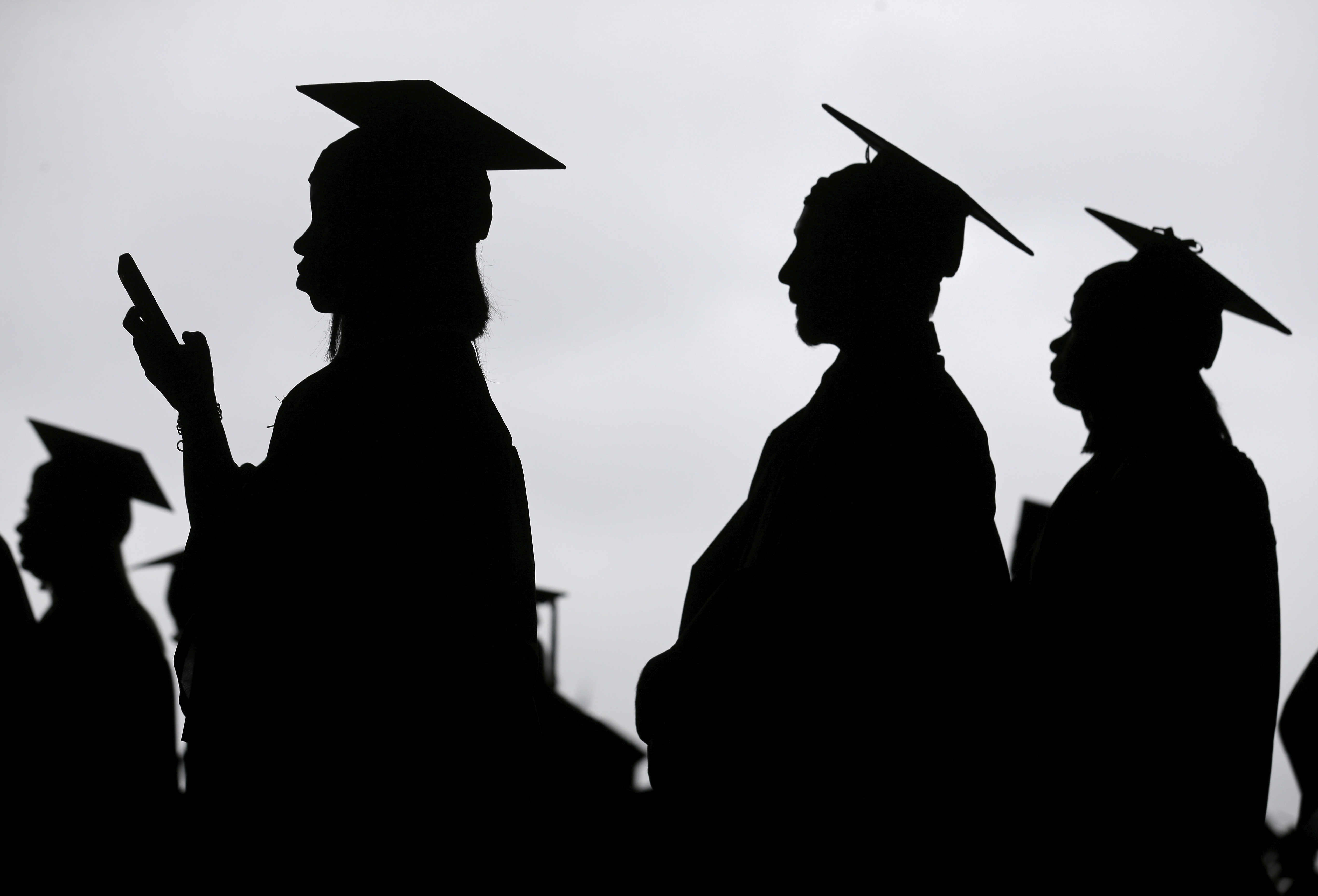
Pa.’s higher ed given grim review
Yet another national report has raised the alarm on the state of higher education in Pennsylvania.
May findings by the State Higher Education Executive Officers Association show enrollment and state funding at Pennsylvania colleges and universities continued to decline in 2022. The annual report also frequently ranked the Keystone State behind both national averages and its neighbors.
Enrollment at Pennsylvania schools declined nearly 19% between 2012 and 2022, with the state’s higher education institutions losing more than 69,000 students during that period. Meanwhile, nationwide enrollment decreased about 11% during the same period.
At two-year institutions, Pennsylvania was one of only six states that saw an enrollment drop larger than 10% in the last year. Local community colleges are attempting to boost their enrollment numbers as they face population declines, increased competition and the aftermath of the pandemic.
Although Pennsylvania remains one of the states with the largest number of college students — it had the 10th largest college student body in 2022 — that number doesn’t align with its general population ranking. Pennsylvania is the fifth-most populous state in the nation. The four most populous states California, Texas, Florida and New York – enrolled the most students in 2022.
For students who attend public college in Pennsylvania, they are receiving less state dollars than their peers in 48 states. Pennsylvania provides about $6,100 of funding per student while the national average is over $10,200. Education appropriations at public institutions in Pennsylvania have declined nearly 42% since 1980, per the report.
In terms of funding per public college student, Pennsylvania ranked 49th. In comparison, its neighbors ranked seventh (New York), 19th (Maryland), 27th (New Jersey), 37th (Delaware), 38th (West Virginia) and 40th (Ohio).
And though Pennsylvania’s enrollment and state funding numbers are bleaker than the national averages, the state’s public institutions are bringing in more tuition revenue per student compared to the national average. In 2022, Pennsylvania brought in over $11,100 per student compared to about $7,200 per student nationally. Total, the Keystone State’s public institutions brought in about $3.3 billion in tuition revenue last year.
This report comes weeks after Pennsylvania brought up the rear in U.S. News and World Report’s annual ranking of higher ed offerings in the United States. The state’s high tuition and debt rates contributed to its low placement in the ranking. In addition to ranking last for overall higher education, Pennsylvania placed 48th for low debt, 47th for tuition and costs, and 27th for the share of state citizens who hold degrees.
Poor rankings aren’t a new phenomenon for the state. In a 2016 state-by-state college affordability analysis conducted by the Institute for Research on Higher Education, Pennsylvania ranked second to last in the nation due to its high tuition costs.
In 2019-20, 64% of Pennsylvania college graduates had student loan debt, making Pennsylvania the state with the third highest share of graduates with debt, according to the Institute for College Access & Success. The average Pennsylvania college graduate had nearly $40,000 in debt.
And a 2022 Chronicle of Higher Education analysis found that, compared to its neighbors, Pennsylvania has a larger number of colleges relative to its student-age population.
Lawmakers, activists and higher education leaders have pushed for reform in light of Pennsylvania’s struggling landscape. Challenges are generally attributed to funding needs, increased competition, an aging population, or questions surrounding the worth of a college degree. The pandemic perhaps exacerbated struggles that these institutions faced.
Daniel Greenstein, the chancellor of Pennsylvania’s 10 state-owned universities, has said increased funding is needed to assuage the state’s problems. Mr. Greenstein asked the state in April to send the state system more money so it can freeze tuition for a fifth consecutive year.
Gov. Josh Shapiro has proposed modest increases in funding to Pennsylvania’s state-owned, state-related and two-year institutions in his 2023-23 budget. During his state budget address in March, Mr. Shapiro said Pennsylvania’s higher ed system “isn’t working.”
He has tasked acting Education Secretary Khalid Mumin with convening a task force to develop a “reform plan” that will be solidified next year.
That task force will seemingly comprise leaders of the state’s colleges and universities, and will not include citizens or independent higher education experts.
